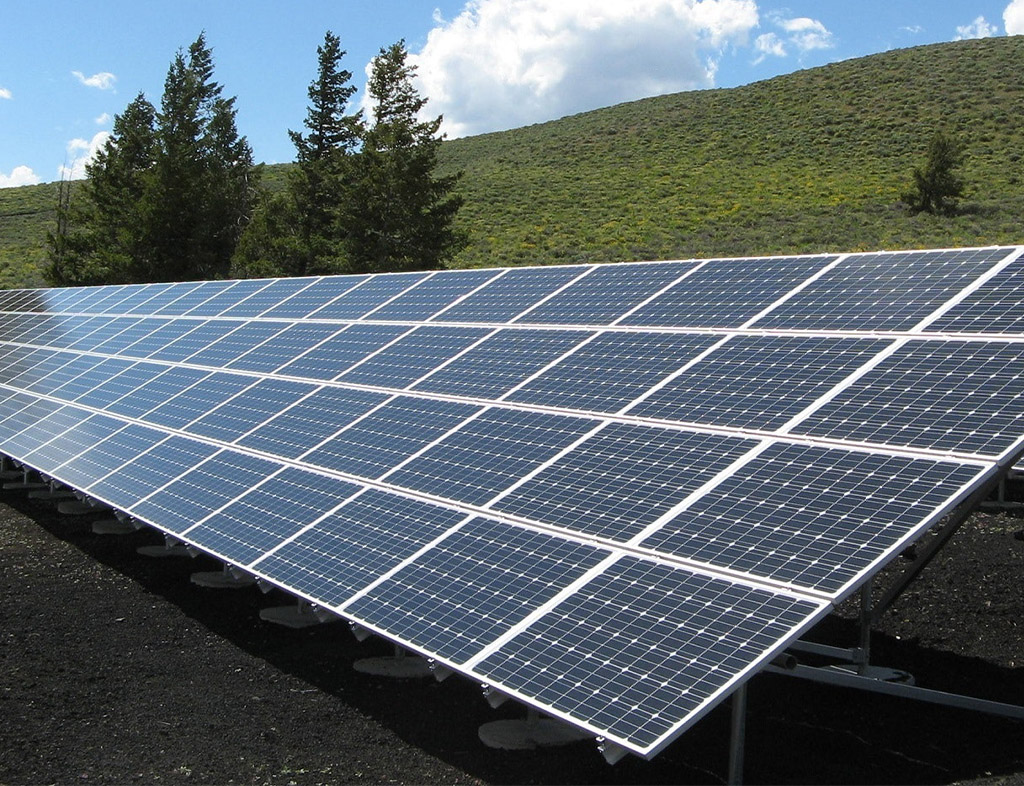DIFFERENCES BETWEEN 12 VOLT SOLAR PANELS 24 VOLT SOLAR PANELS
5th Jan 2024
Are you working on your next electrical project in your camper or RV? Have you done all the research needed to ensure a successful system build? Do you have a game plan?

Things you’ll want to consider are how you will be wiring your solar panels; in a series or parallel configuration; how series and parallel wiring affects the amperage and voltage that runs to the charge controller, etc.
Continue reading to learn more about the distinctions between solar panels with varying voltages.
Firstly, refrain from thinking of solar panels as 12 volts, 24 volts, or 48 volts – this is where charge controllers come into play!The sole purpose of a solar charge controller is to regulate the high voltage of a solar panel array down to a lower voltage that can charge your batteries. Therefore, if your solar array is pumping out 100 volts, the charge controller will regulate that voltage back down to a more useful numberbetween 13 to 14 volts, which will charge your 12-volt battery.
Upon scrutinizing various solar panels, a typical 100-watt solar panel might commonly be labeled as a 12-volt solar panel, however upon further review of the panels specifications, you can find that it has the ability to put out up to 19.83 volts and can actually increase as the temperature gets lower. The same principal goes for a 210-watt 24-volt solar panel that has the potential to put out 39.66 volts.
Remember when we mentioned stopping the perception of solar panels as 12 volts, 24 volts, or 48 volts? Does it make sense why we said that now? Charge controllers take care of it for you!
Conversely, if you wire six 12-volt solar panels in a series configurationto a charge controller with a 100-volt maximum input, you could exceed the maximum voltage rating of your charge controller, thus potentially damaging it. This happens when you assume that wiring six 12-volt batteries gives you a total of 72 volts, when in fact it could be closer to a 136 volts, thus potentially frying your charge controller.

Curious about the type of panel that will charge your battery? Don’t worry, as long as your solar arrays voltage is higher than the battery bank voltage but still under the maximum voltage threshold of the solar charge controller, any panel voltage will perform just fine. The charge controller will regulate a higher voltage down to a lower voltage that's more useful for charging a battery. This allows you to use a 48-volt panel to charge a 12-volt battery bank given that you’re using an appropriately sized and compatible MPPT charge controller. Remember the voltage of the solar panel array can be altered when using multiple panels depending on how they're wired.
We hope you found this blog helpful in initiating your solar setup. Be sure to share it with someone you think would benefit from solar!
